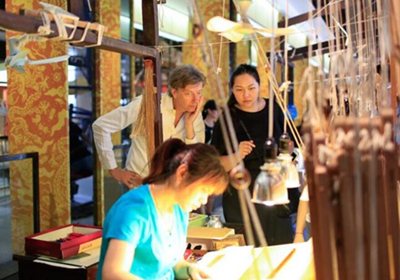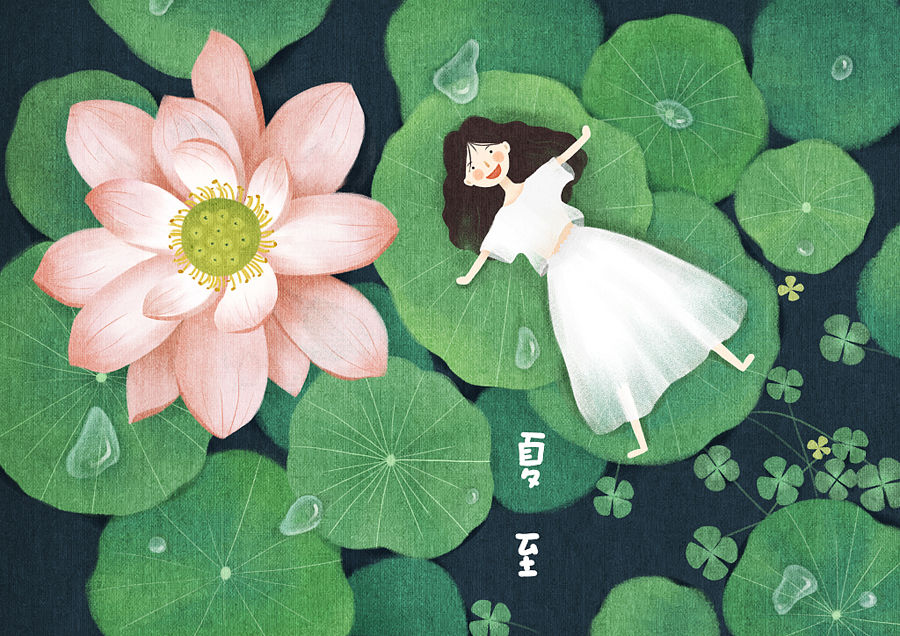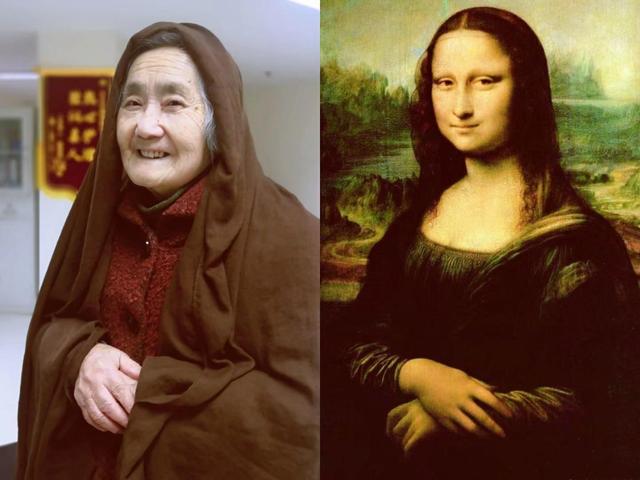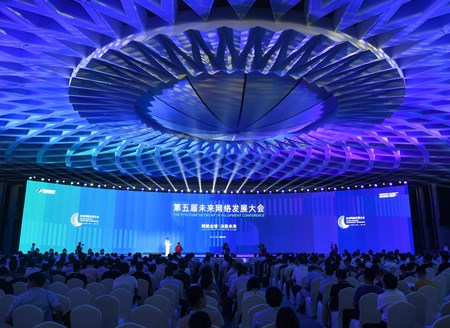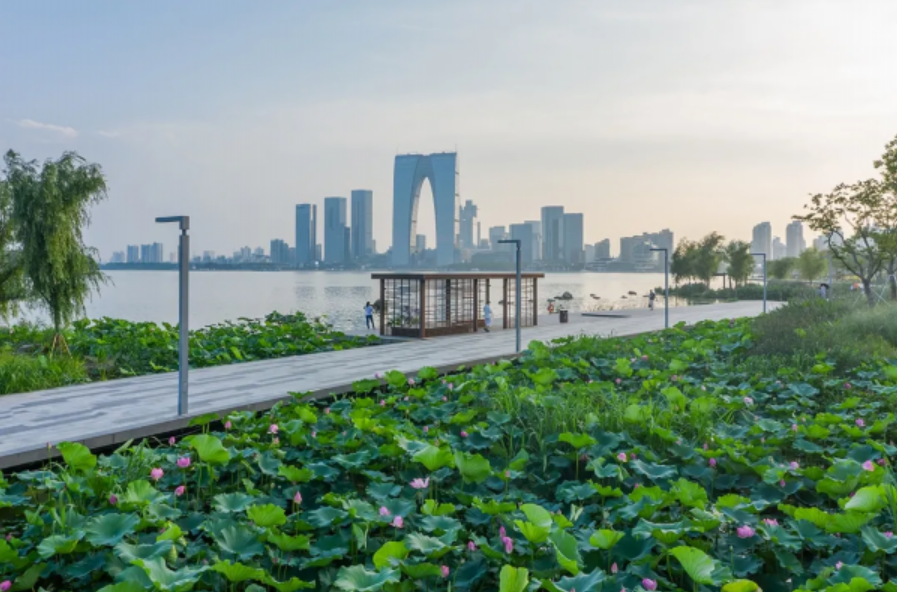

The “International Designers Residing in Nanjing Program” was selected as one of the “10 Excellent Cases of International Communications 2017” at the 2017 China External Communication & Coordination Meeting held on Nov 20 in Hefei.
The External Publicity Office under the CPC Nanjing Municipal Committee initiated the program in August 2016. So far, 23 international designers were deeply involved in the design, R&D, material innovation and industrial transformation of four examples of Nanjing’s intangible cultural heritage: Nanjing velvet flowers, Ming-style tenon furniture, Nanjing yunjin silk brocade, and Nanjing gold leaf.
At the World Female Public Service Forum held on Oct 26, 2016, at UNESCO headquarters, Nikki Gonnissen, chairman of Alliance Graphique International, introduced the program’s success in “inheriting intangible cultural heritage, supporting women to achieve, and realizing value”.
Eric Fault, assistant director-general of UNESCO, spoke highly of the Nanjing intangible cultural heritage inheritance and international cooperation project, and called it the “Nanjing experience”.
Pooling contributions from government, universities, enterprises and public welfare organizations, the program has benefited from the in-depth involvement of prestigious universities such as Nanjing University, Fudan University, the University of California, Berkeley, and Design Academy Eindhoven. Under the program, special research was conducted into areas including arts and crafts, oral recordings, property protection and data image development, providing ways for traditional handicrafts to become stylish and integrated into the lives of ordinary people.
Kim Buck, a famous Danish designer, designed a series of brooches by embedding the images of buttonwood branches and gold leaves to vividly show the sunshine-dappled street through buttonwood leaves. This is the warm “city light” of Nanjing as a historic ancient city.
Thomas Widdershoven, director of Design Academy Eindhoven, created a “Nanjing Wedding Dress”, which originated from the story of a brocade weaver dreaming of making a wedding dress for her daughter. The design used an hourglass, which represents time, to imply the bigger costs of an inch of brocade, and the production process made breakthroughs in traditional handmade pattern-based brocade weaving, while helping a mother’s dream come true.
Thanks to its model of cooperation for multiple wins, the program has attracted a group of Chinese and foreign brands, including Starbucks, Maserati and Herborist, promoting Nanjing’s local intangible cultural heritage to the market.
The “International Designers Residing in Nanjing Program” will soon launch its second phase. While retaining yunjin silk brocade and gold leaf, the program will add two new items: Qinhuai festival lanterns and Jinling folding fans.
